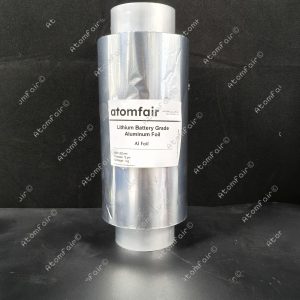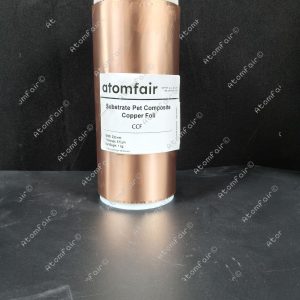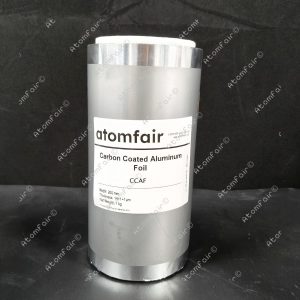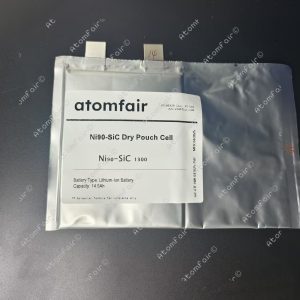Your cart is currently empty!

Atomfair 1,3-Dioxolane Dioxolane C3H6O2
Description 1,3-Dioxolane (CAS No. 646-06-0) is a high-purity cyclic acetal with the molecular formula C3H6O2, widely utilized in organic synthesis and industrial applications. This colorless, volatile liquid exhibits excellent solvency properties and is commonly employed as a solvent, stabilizer, or intermediate in pharmaceuticals, agrochemicals, and polymer chemistry. Its cyclic structure, featuring two oxygen atoms in a five-membered ring, enhances reactivity in polymerization and cross-linking reactions. 1,3-Dioxolane is rigorously tested for quality, ensuring low water content, high chemical stability, and minimal impurities, making it ideal for sensitive reactions and electrochemical applications. Available in various packaging options, including amber glass bottles and…
Description
Description
1,3-Dioxolane (CAS No. 646-06-0) is a high-purity cyclic acetal with the molecular formula C3H6O2, widely utilized in organic synthesis and industrial applications. This colorless, volatile liquid exhibits excellent solvency properties and is commonly employed as a solvent, stabilizer, or intermediate in pharmaceuticals, agrochemicals, and polymer chemistry. Its cyclic structure, featuring two oxygen atoms in a five-membered ring, enhances reactivity in polymerization and cross-linking reactions. 1,3-Dioxolane is rigorously tested for quality, ensuring low water content, high chemical stability, and minimal impurities, making it ideal for sensitive reactions and electrochemical applications. Available in various packaging options, including amber glass bottles and bulk drums, to suit laboratory and industrial-scale needs.
- CAS No: 646-06-0
- Molecular Formula: C3H6O2
- Molecular Weight: 74.08
- Exact Mass: 74.036779430
- Monoisotopic Mass: 74.036779430
- IUPAC Name: 1,3-dioxolane
- SMILES: C1COCO1
- Synonyms: 1,3-DIOXOLANE, DIOXOLANE, Formal glycol, Dioxolan, Glycol formal
Application
1,3-Dioxolane serves as a versatile solvent in Grignard reactions, polymerization, and electrolyte formulations for lithium-ion batteries due to its high dielectric constant. It acts as a protective group for carbonyl compounds in organic synthesis and is a key intermediate in producing pharmaceuticals and fragrances. Additionally, its stability under acidic conditions makes it valuable in resin and adhesive manufacturing.
If you are interested or have any questions, please contact us at support@atomfair.com
Related products
-
Atomfair 1 kg/roll Battery Grade Aluminum Foil (200mm W x 12um T) for Battery Electrode Substrate/ Current Collector
$169.95 -
Atomfair 1 kg/roll Battery Grade PET Composite Copper Foil for Battery Anode Substrate/ Current Collector
$529.95 -
Atomfair 1 kg/roll Double Sides Conductive Carbon Coated Aluminum Foil for Battery Electrode Substrate/ Current Collector (200 mm wide 14+1+1 um thick)
$189.95 -
Atomfair 14.5 AH Ni90 || SiC Dry Pouch Battery Cell Without Electrolyte Filling
$550.00 -
Atomfair 1AH LCO || Graphite Dry Pouch Cell Lithium Ion Battery
$169.95




